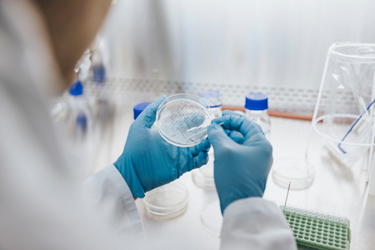Strategies For Engineering Mammalian Cells To Express Difficult Proteins — 4-6 Weeks From Start To Final Clone Or Pool

Engineering transgenic mammalian cell lines for protein production is often a complex, time-intensive, and labor-intensive process. Traditional methods, such as CRISPR/Cas9, face significant limitations when inserting DNA fragments larger than 5 kb, making precise gene integration inefficient. Alternative approaches like lentivirus and piggyBac transposons enable larger insertions but integrate randomly into the genome. This randomness necessitates extensive screening and isolation of clones that achieve the desired expression levels, delaying progress when a rapid transition to pooled integrants would be preferable.
The challenge intensifies when producing proteins that exhibit cytotoxic effects, further complicating stable expression and scalability. To address these issues, we explore and compare various strategies for generating both clonal and pooled protein expression lines. By leveraging cells equipped with an existing TARGATT™ landing pad, we demonstrate how inducible expression can be efficiently achieved within just 4-6 weeks after donor plasmid creation. This streamlined approach minimizes the time and effort required for cell line development, providing a reliable and scalable solution for protein production in research and biopharmaceutical applications.
Get unlimited access to:
Enter your credentials below to log in. Not yet a member of Outsourced Pharma? Subscribe today.
